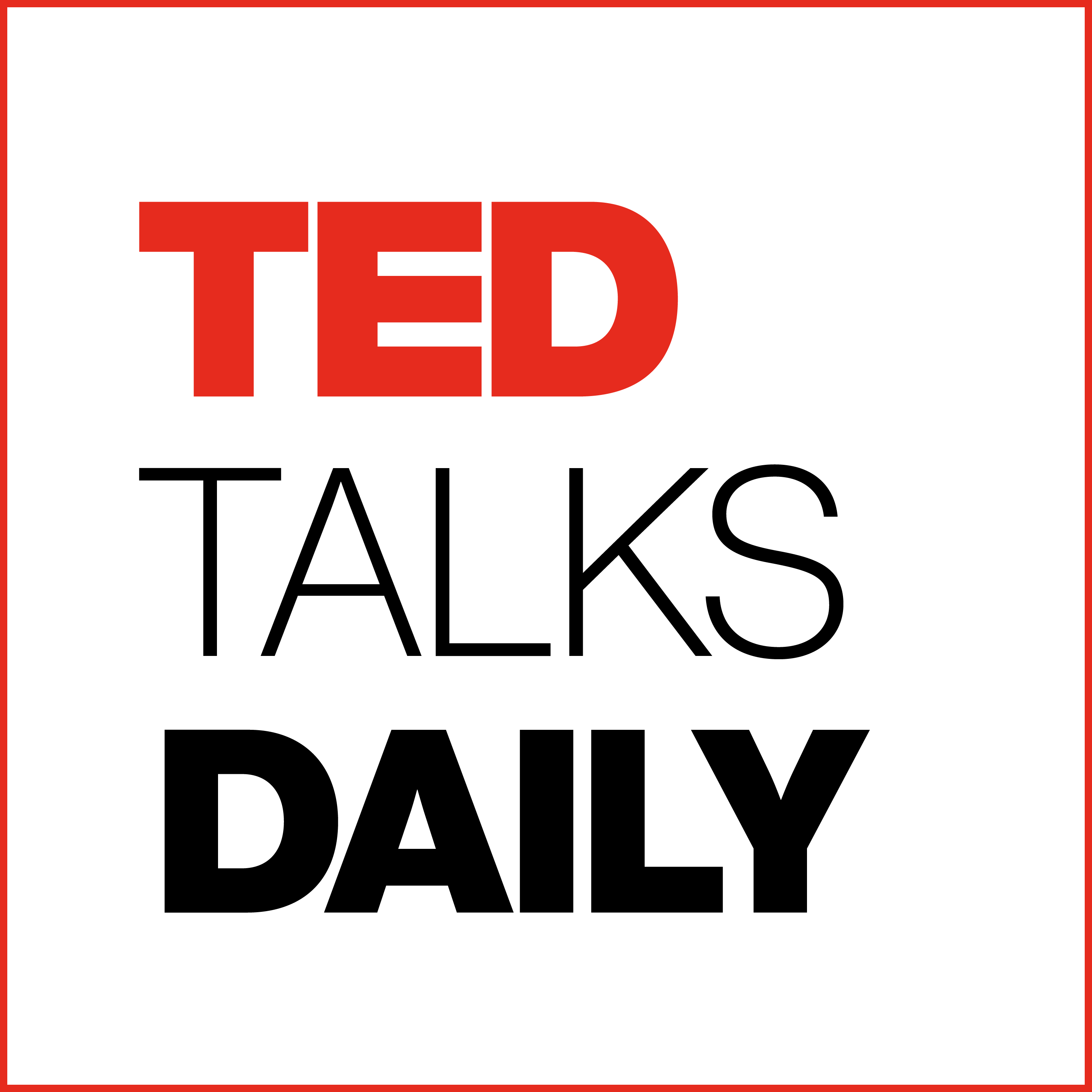Photos, People, and the Power of Connection
The Main Idea in a Nutshell
- Powerful photographs can cut through our assumptions and help us feel a real human connection with the person in the picture, reminding us that we're all human.
The Key Takeaways
- Empathy is the Secret Ingredient: The speaker says empathy isn't just feeling sorry for someone; it's the key to understanding and connecting with another person on a human level.
- Look vs. See: There's a big difference between just looking at someone (and judging them) and truly seeing them for who they are, with all their vulnerabilities and stories.
- Photos Reveal Humanity: The photographer shares stories of how he found a moment of real connection with very famous people, like Michelle Obama and Vladimir Putin, by looking for the person behind the public image.
- Greatness is Building Bridges: Mohammed Ali taught the speaker that true greatness isn’t about being the best, but about helping people see themselves in each other's stories, which builds connections between them.
- Fun Facts & Key Numbers:
- Fact: To get past our judgments, the photographer sometimes shows only 5% of a picture—just the eye—to make us focus on the person's character.
- Fact: The members of the punk band Pussy Riot were sent to a Siberian prison for two years for speaking out against their government.
Important Quotes, Explained
- Quote: "> I'm crying... because I just realized they washed his clothes and I wanted to smell him again."
- What it Means: A woman whose husband was killed in the war is crying. But she's not just sad; she's heartbroken over a tiny, personal detail. The army washed his clothes before sending them home, and now she can never again smell his unique scent, which was a powerful part of her memory of him.
Why it Matters: This quote is so powerful because it creates an instant feeling of compassion. Everyone listening, no matter their background or beliefs, could feel her specific, human pain. It proves the speaker's point that a single story can connect us all.
Quote: "> We just need to make contact... rather than stigmatizing and labeling people. That is one of the worst things people could do."
- What it Means: This was said by Nadia, a member of the Russian band Pussy Riot, during her trial. She’s saying that instead of putting people in boxes with labels like "good," "bad," or "enemy," we should try to talk to them, understand them, and find truth together.
- Why it Matters: This is the core message of the whole talk. Judging and labeling people creates walls between us, but being curious and open to dialogue can break those walls down.
The Main Arguments (The 'Why')
- First, the author argues that we live in a divided world where we're distracted and separated from each other by technology, politics, and our own beliefs.
- Next, he explains that the solution to this division is empathy—and that his photography is a tool to create that feeling of human connection.
- Finally, he shares personal stories from his photo shoots with famous and everyday people (like Vladimir Putin, Mohammed Ali, and a war widow) to prove that it’s possible to find a shared humanity in anyone, if you just know how to see it.
Questions to Make You Think
- Q: Did the speaker worry that by taking a "human" photo of someone like Vladimir Putin, he was making him seem like a good guy?
A: The text doesn't say he worried about making him look good, but his goal was to capture the truth. He says the photo he took showed "the cold face of power and authority." He also points out that human rights activists now use that same photo to protest against Putin's government, so showing his humanity actually helped reveal a deeper, more complex truth about him.
Q: What did Mohammed Ali mean when he said greatness is "bridge building"?
- A: He meant that being great isn't about you personally being the best or the most famous. True greatness is when you can share your story in a way that lets other people see themselves in your struggles. When that happens, you build a "bridge" of understanding and connection between you and them, and that's something much bigger and more important.
Why This Matters & What's Next
- Why You Should Care: We spend so much time on social media looking at pictures of people and making snap judgments. This talk is a great reminder that behind every photo is a real person with a real story. It challenges you to be more curious and less judgmental, which can make you a kinder and more understanding person.
- Learn More: If you thought this was cool, you should check out the Netflix series "Abstract: The Art of Design." The photographer, Platon, has his own episode (Season 1, Episode 7) where he shows you exactly how he works and tells even more amazing stories behind his photos.

